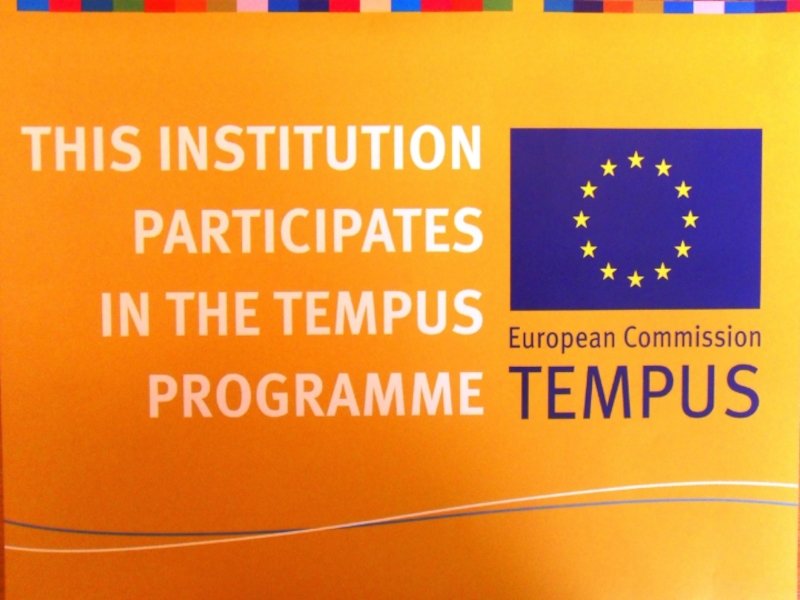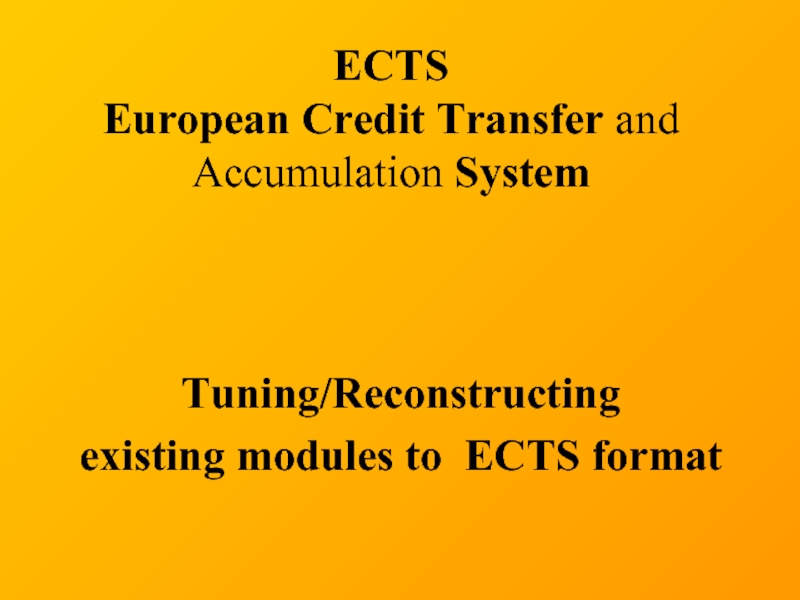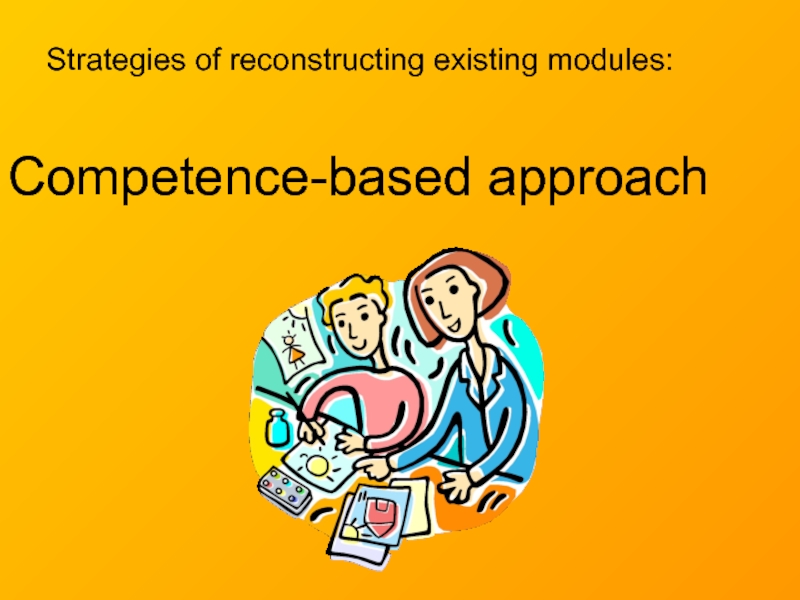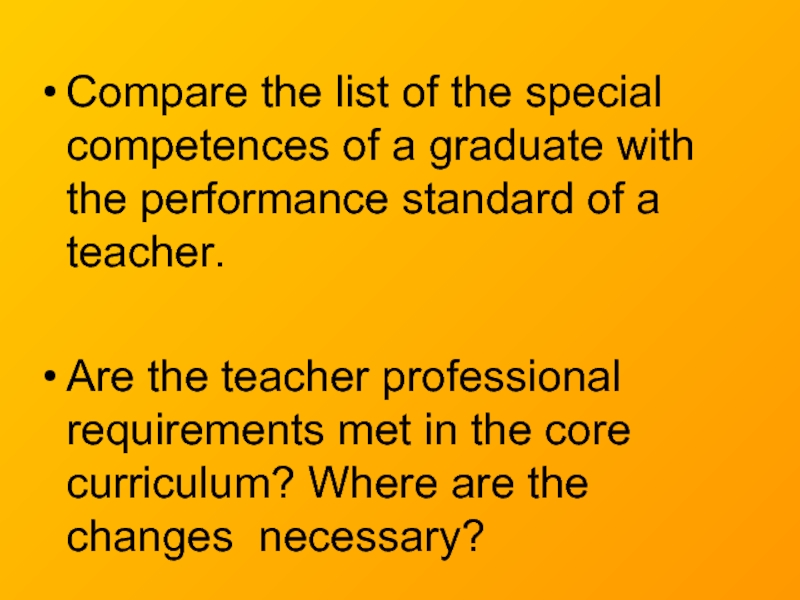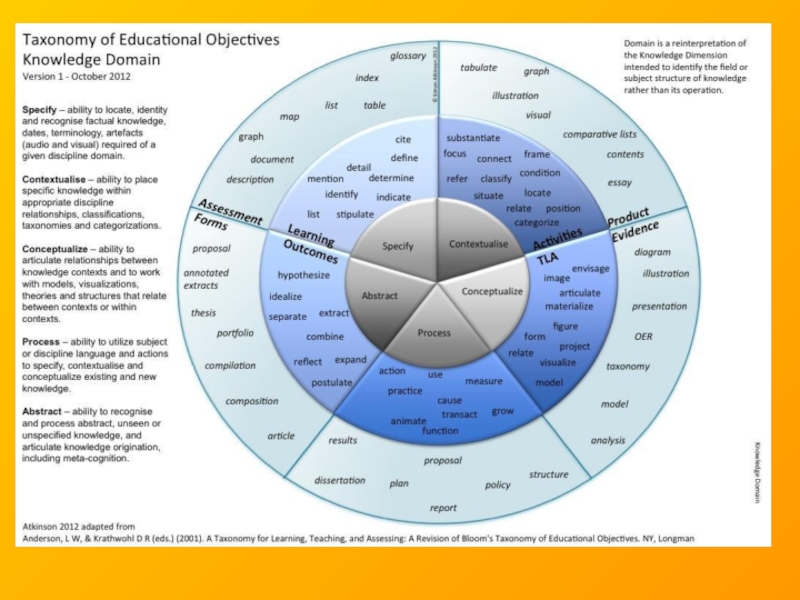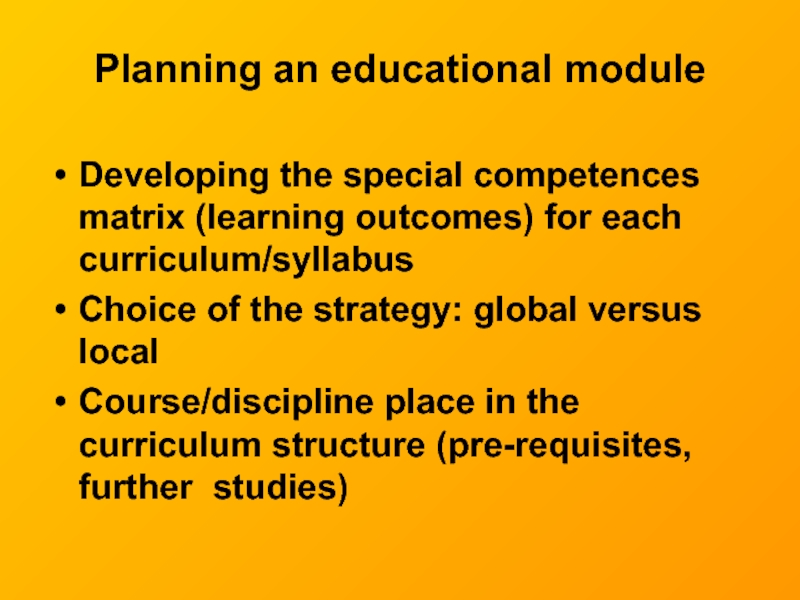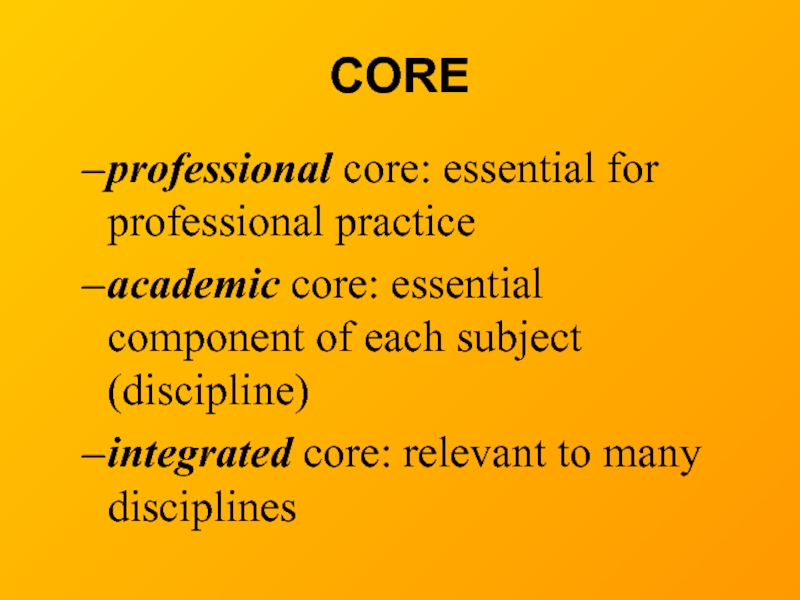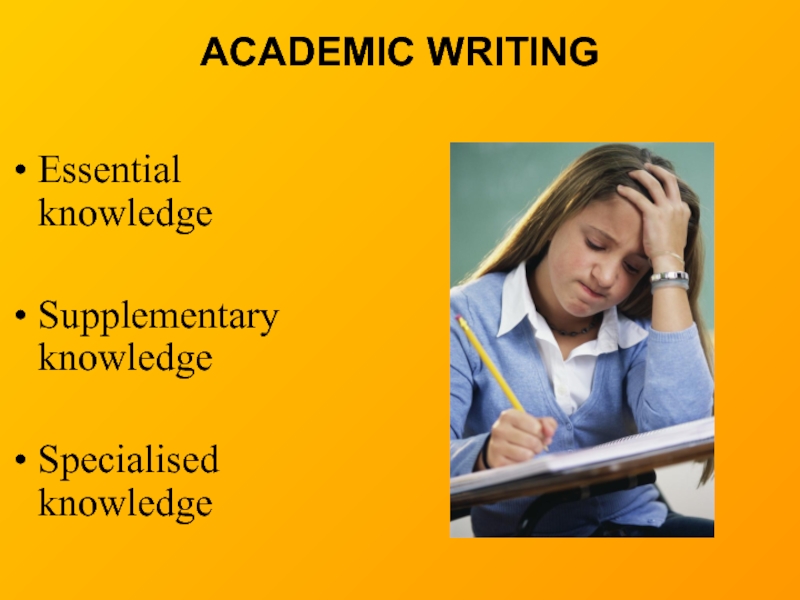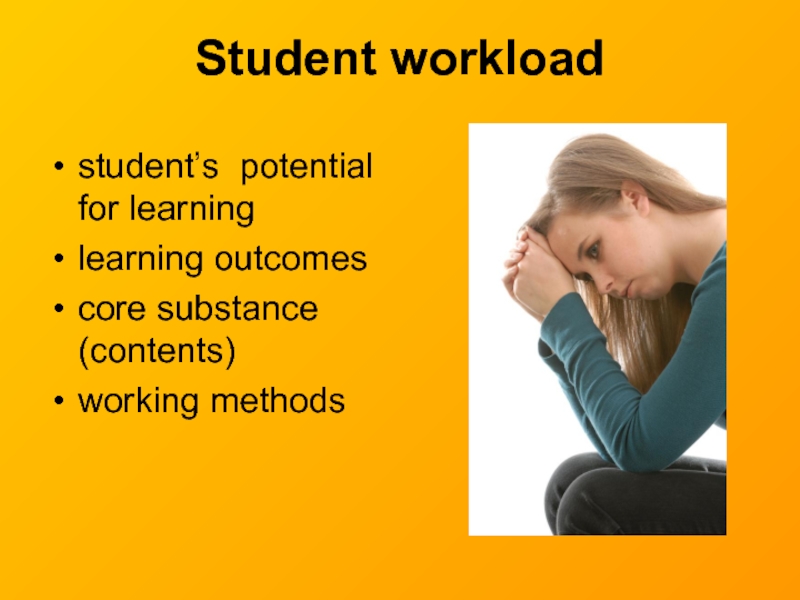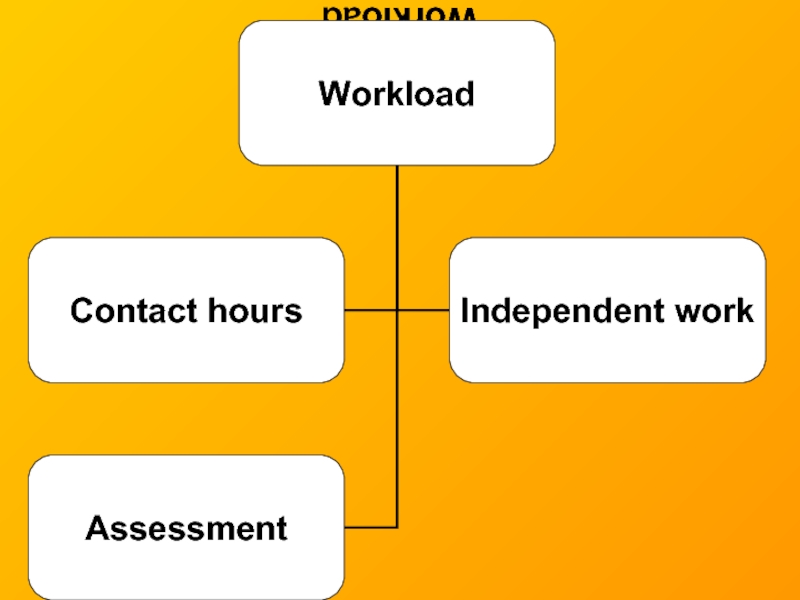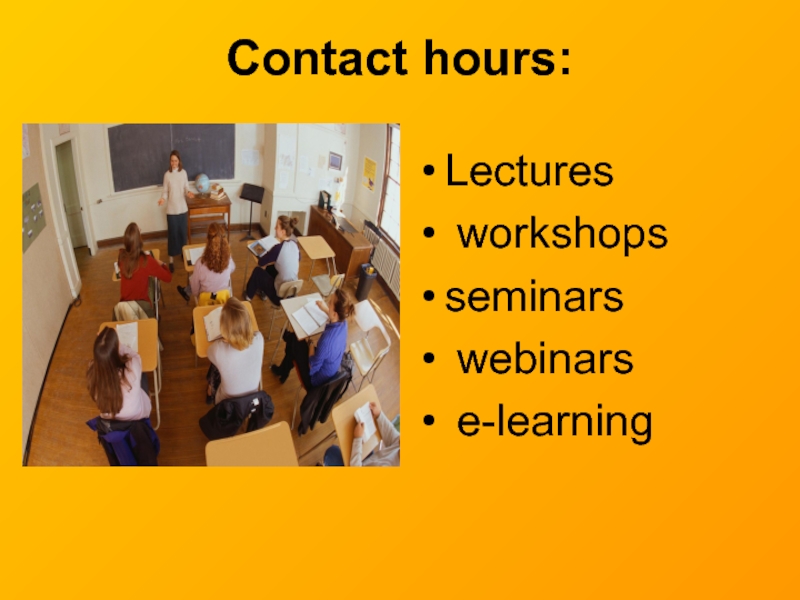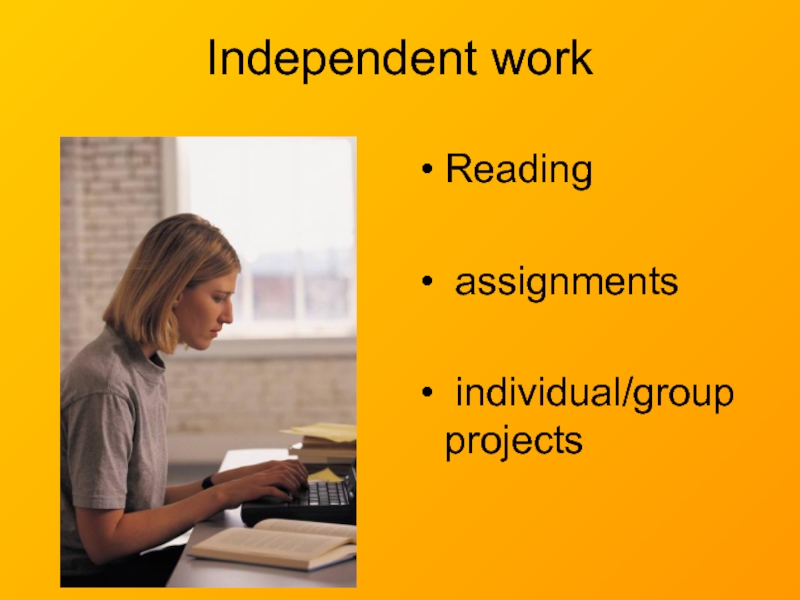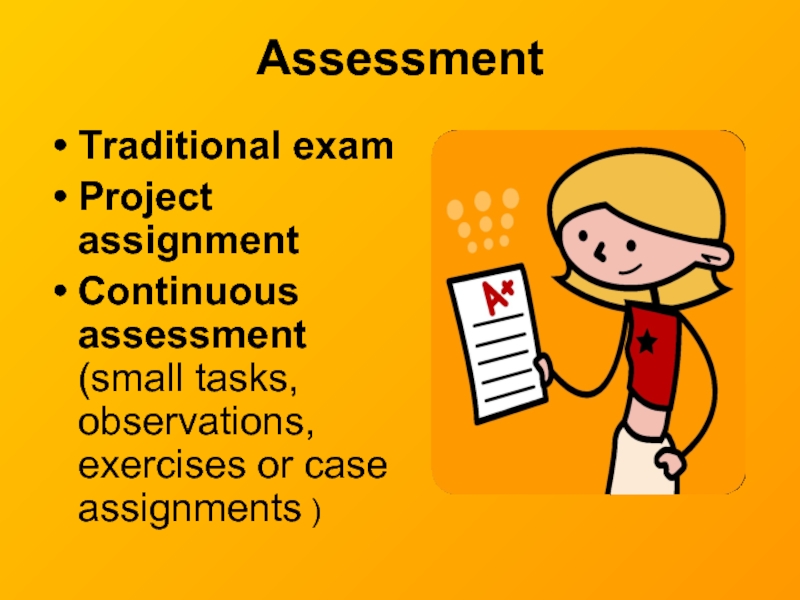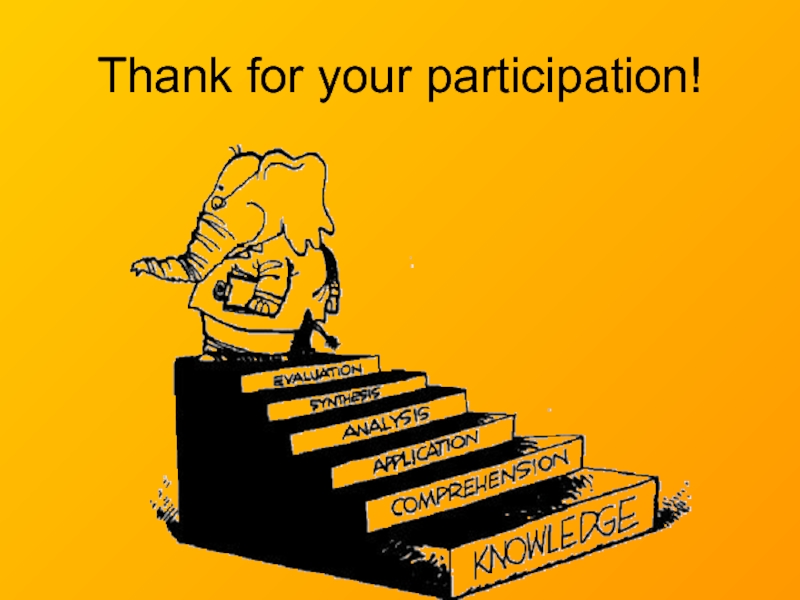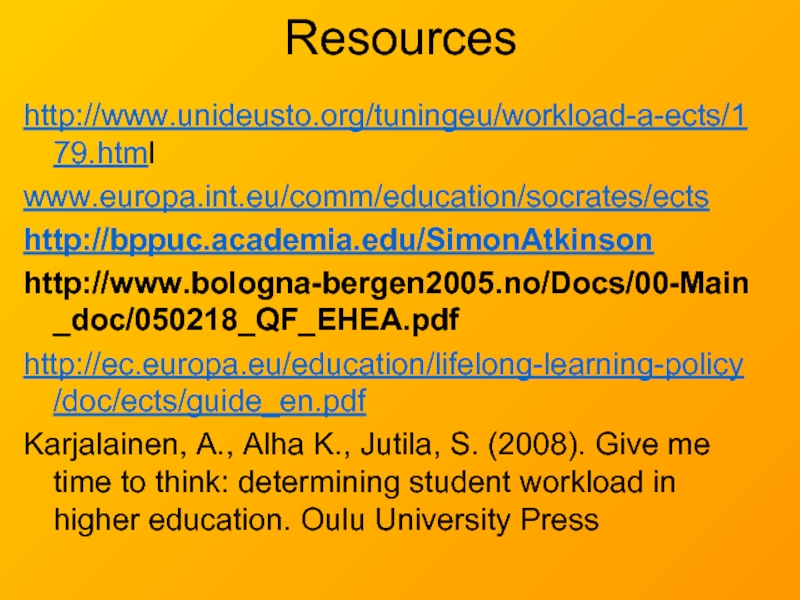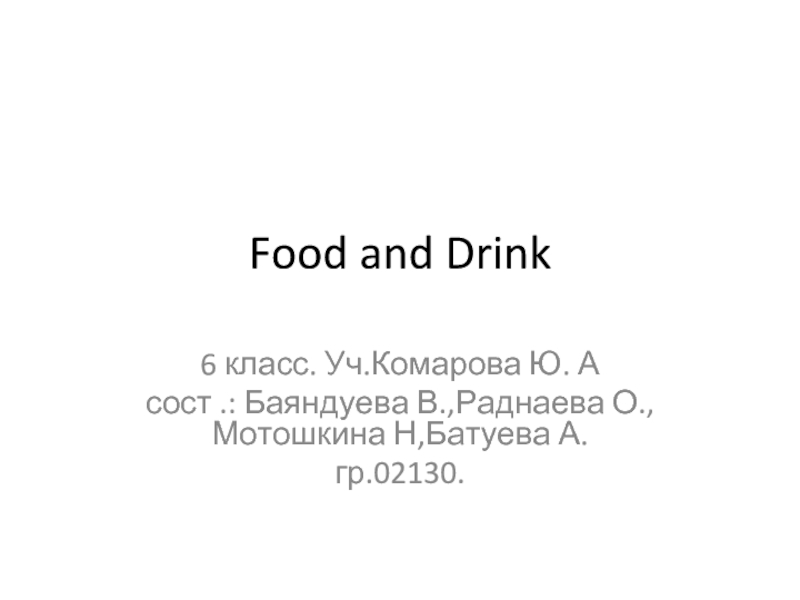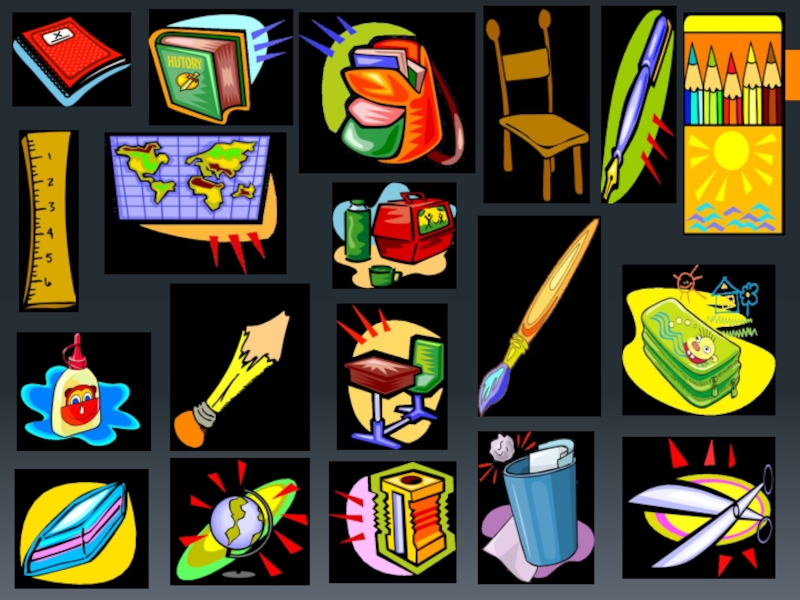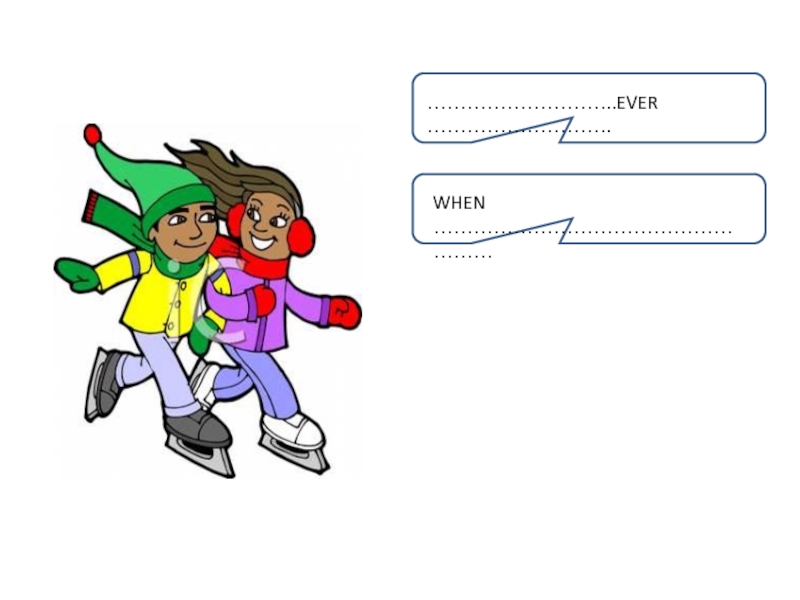- Главная
- Разное
- Дизайн
- Бизнес и предпринимательство
- Аналитика
- Образование
- Развлечения
- Красота и здоровье
- Финансы
- Государство
- Путешествия
- Спорт
- Недвижимость
- Армия
- Графика
- Культурология
- Еда и кулинария
- Лингвистика
- Английский язык
- Астрономия
- Алгебра
- Биология
- География
- Детские презентации
- Информатика
- История
- Литература
- Маркетинг
- Математика
- Медицина
- Менеджмент
- Музыка
- МХК
- Немецкий язык
- ОБЖ
- Обществознание
- Окружающий мир
- Педагогика
- Русский язык
- Технология
- Физика
- Философия
- Химия
- Шаблоны, картинки для презентаций
- Экология
- Экономика
- Юриспруденция
This institution participates in the Tempus programme презентация
Содержание
- 2. ECTS European Credit Transfer and Accumulation System
- 3. Agenda Strategies of reconstructing existing
- 4. Strategies of reconstructing existing modules: Competence-based approach
- 6. Learning outcomes “Learning outcomes describe what a
- 7. Compare the list of the special competences
- 12. Planning an educational module Developing the special
- 13. CORE professional core: essential for professional practice
- 14. CORE compulsory core: should be mastered
- 15. ACADEMIC WRITING Essential knowledge Supplementary knowledge Specialised knowledge
- 16. Student workload student’s potential for learning
- 17. Workload
- 18. Contact hours: Lectures workshops seminars webinars e-learning
- 19. Independent work Reading assignments individual/group projects
- 20. Assessment Traditional exam Project assignment
- 21. Academic Writing
- 23. Thank for your participation!
- 24. Resources http://www.unideusto.org/tuningeu/workload-a-ects/179.html www.europa.int.eu/comm/education/socrates/ects http://bppuc.academia.edu/SimonAtkinson http://www.bologna-bergen2005.no/Docs/00-Main_doc/050218_QF_EHEA.pdf
Слайд 2ECTS
European Credit Transfer and Accumulation System
Tuning/Reconstructing
existing modules to ECTS
format
Слайд 3Agenda
Strategies of reconstructing existing modules:
Competence-based approach to designing a curriculum
Developing the special competences matrix (learning outcomes)
Choice of the strategy: global versus local
Course/discipline place in the curriculum structure
Student workload calculation
Слайд 6Learning outcomes
“Learning outcomes describe what a learner is expected to know,
understand and be able to do after successful completion of a process of learning.”
(Bologna Working Group on Qualifications Frameworks (2005) A Framework for Qualifications of the European Higher Education Area, p. 38)
(Bologna Working Group on Qualifications Frameworks (2005) A Framework for Qualifications of the European Higher Education Area, p. 38)
Слайд 7Compare the list of the special competences of a graduate with
the performance standard of a teacher.
Are the teacher professional requirements met in the core curriculum? Where are the changes necessary?
Are the teacher professional requirements met in the core curriculum? Where are the changes necessary?
Слайд 12Planning an educational module
Developing the special competences matrix (learning outcomes) for
each curriculum/syllabus
Choice of the strategy: global versus local
Course/discipline place in the curriculum structure (pre-requisites, further studies)
Choice of the strategy: global versus local
Course/discipline place in the curriculum structure (pre-requisites, further studies)
Слайд 13CORE
professional core: essential for professional practice
academic core: essential component of each
subject (discipline)
integrated core: relevant to many disciplines
integrated core: relevant to many disciplines
Слайд 14CORE
compulsory core: should be mastered by all students
minimum core: the minimum
required by a student in a specialty for further studying
pragmatic core: content that can be taught within the time allocated for a given ystem
pragmatic core: content that can be taught within the time allocated for a given ystem
Слайд 16Student workload
student’s potential for learning
learning outcomes
core substance (contents)
working
methods
Слайд 20Assessment
Traditional exam
Project assignment
Continuous assessment (small tasks, observations, exercises
or case assignments )
Слайд 24Resources
http://www.unideusto.org/tuningeu/workload-a-ects/179.html
www.europa.int.eu/comm/education/socrates/ects
http://bppuc.academia.edu/SimonAtkinson
http://www.bologna-bergen2005.no/Docs/00-Main_doc/050218_QF_EHEA.pdf
http://ec.europa.eu/education/lifelong-learning-policy/doc/ects/guide_en.pdf
Karjalainen, A., Alha K., Jutila, S. (2008). Give me
time to think: determining student workload in higher education. Oulu University Press
